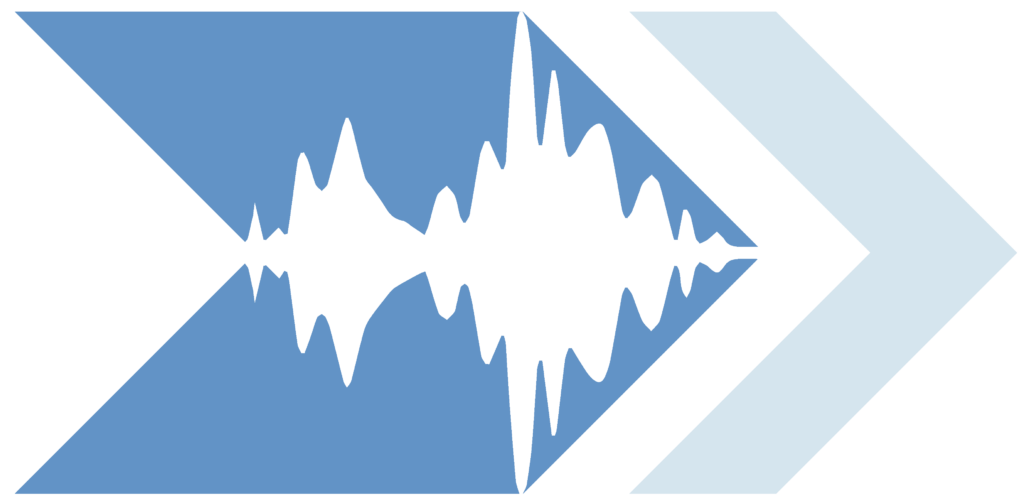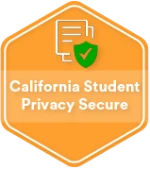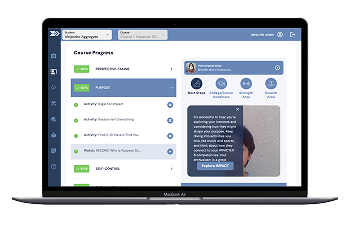Beyond Words:
Mapping Language
To Measure Growth
Our platform deciphers the complexity of language, combining neuroscience with Natural Language Processing (NLP) so that every word counts.
By mapping meaning, sentiment, and context, we bridge the gap between voice and growth.
Machine Learning In Action



Decode language by understanding the nuances of context and intent.






Decode language by understanding the nuances of context and intent.



Three Ways We
Process Progress
Learn how our platform converts authentic student responses into quantifiable character data.
1
EQ Analysis For Learners
With Next-Generation NLP
Natural Language Processing enables us to quantify how students express and process emotions. We bridge the gap between unstructured responses and structured, data-driven EQ metrics.

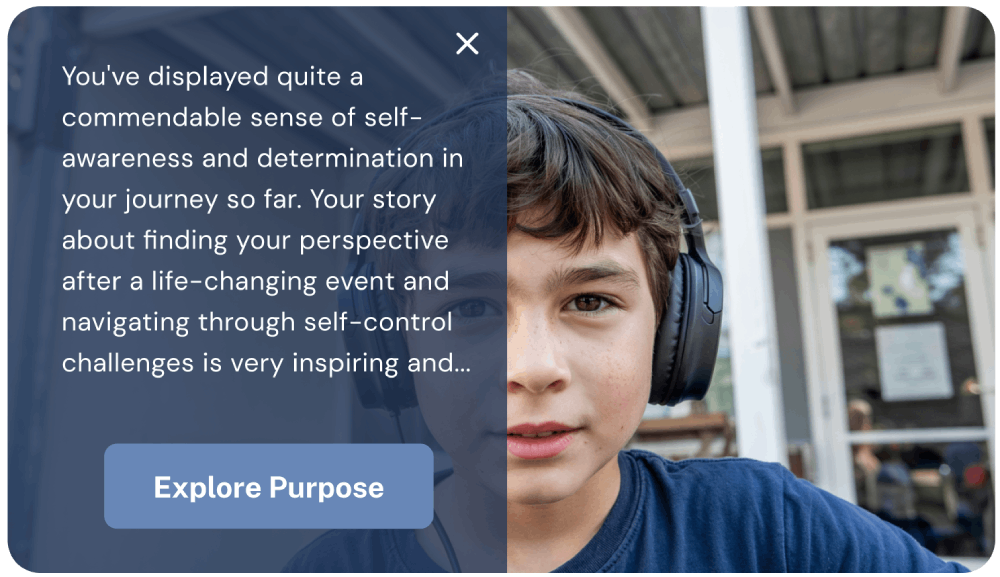
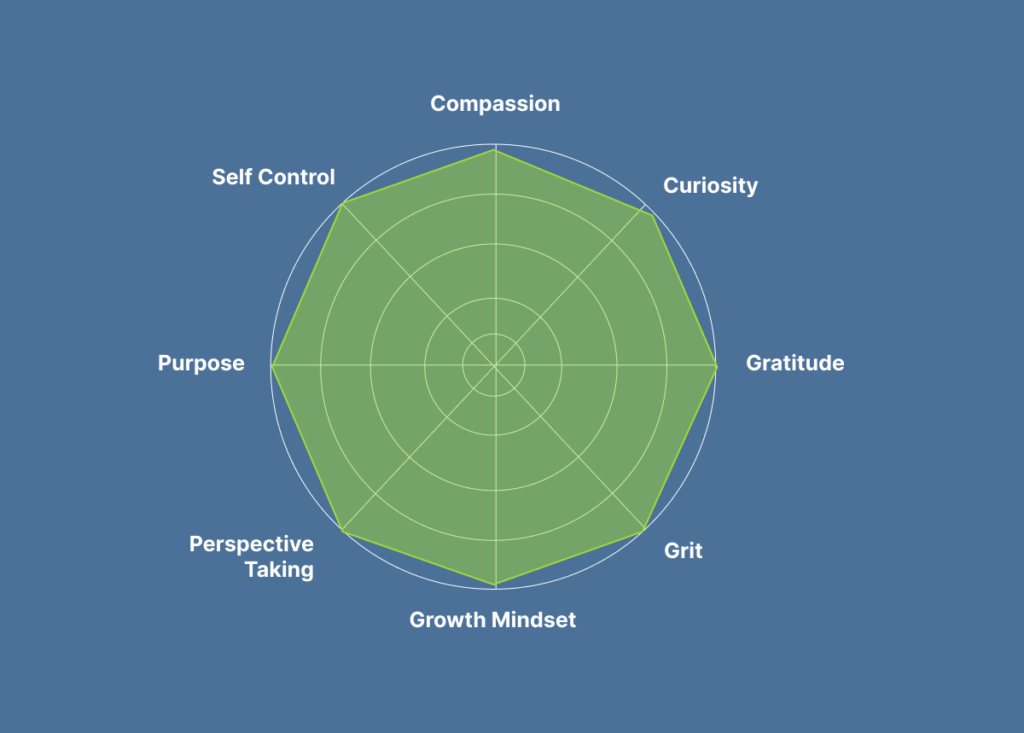

2
360° Soft Skills Assessment
With Unparalleled Precision
By aligning student growth with key soft skills, our ML models evaluate student responses across 4 domains and 8 competencies, creating a full and complete complete picture of SEL development.
3
Game-Inspired Feedback
With Adaptive Intelligence
Modeled after the Elo System in chess, our platform analyzes student responses relative to a mastery benchmark. This game-based approach shows learners where they stand and how to improve.
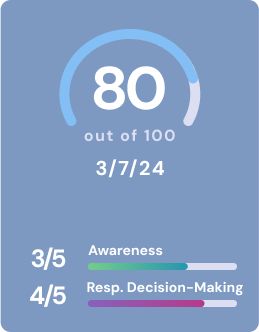

Experts On The Power
Of NLP In Education

We are entering a new world. The technologies of machine learning, speech recognition, and natural language understanding are reaching a nexus of capability to help us in every aspect of our lives.
AI has the potential to help address some of the biggest challenges in education today. This personalized approach can help students stay engaged and prepare for the jobs of tomorrow.


Successful schools are inevitably the product of the relationships between adults and students. When technology ignores that, it's bound to disappoint for all stakeholders involved in the process.
But when it's designed to offer more coaching, free up time for meaningful teacher-student interaction, or offer students more personalized feedback, technology can make a positive difference.


I think people need to understand that deep learning is making a lot of things, behind-the-scenes, much better. Deep learning is already playing a crucial role in supporting SEL in education.
AI-powered systems can analyze students' emotional states through natural language processing, providing real-time feedback to teachers. This allows for more timely and targeted interventions.

